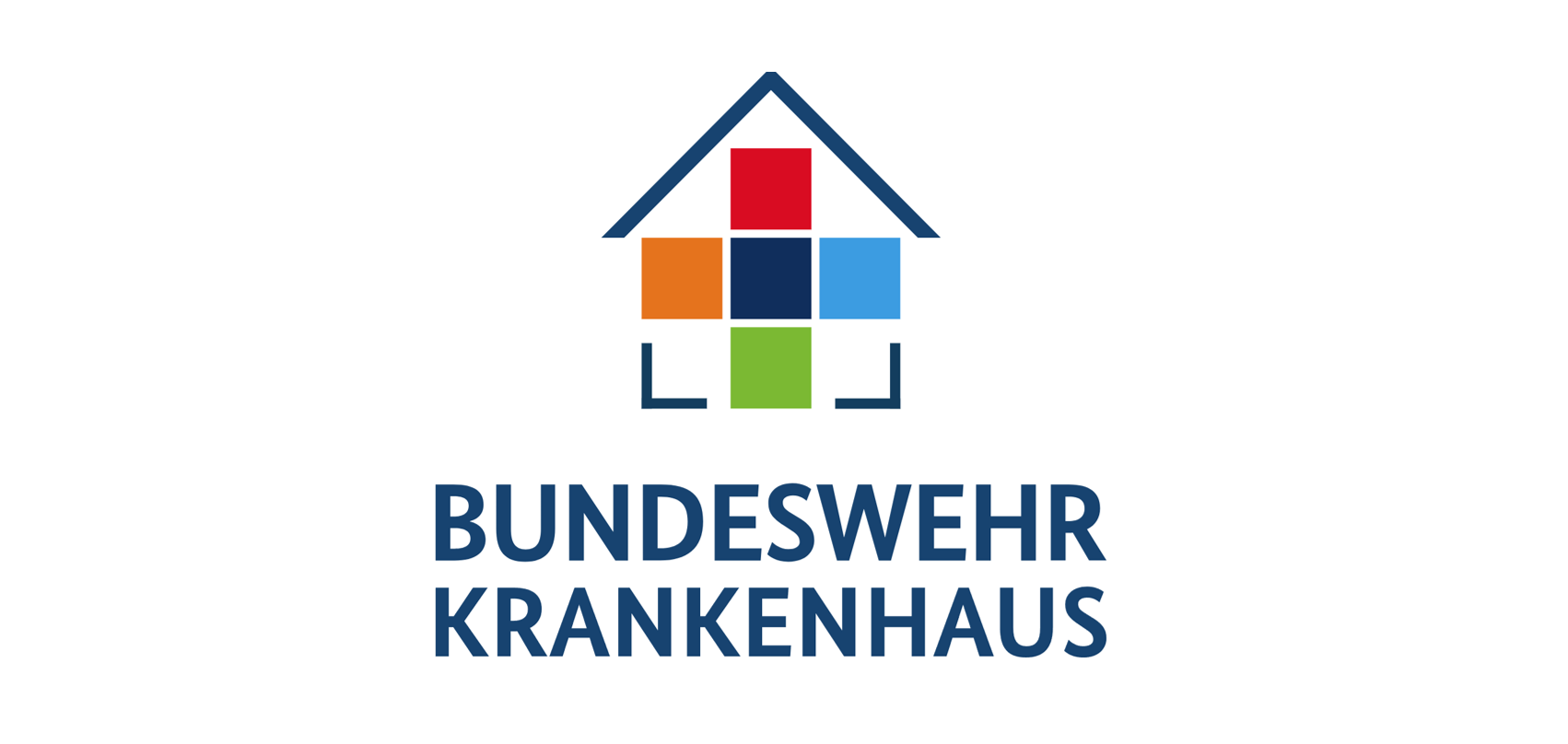Infos
Project description
The project partners want to optimise the planning of operations with the help of artificial intelligence (AI) algorithms. To this end, data from computed tomography (CT) examinations of complex fractures will be analysed and recommendations for the surgical strategy derived. The digitally developed suggestions concern, for example, the access routes to the fracture, the reduction of fragments, the positioning of implants and osteosynthesis. The recommended solutions would make it easier to plan the surgical treatment of complex fractures. One working hypothesis is that it is possible to provide trauma surgeons with a valid virtual reduction proposal for complex fractures preoperatively based on CT data sets with the help of AI algorithms, combined with an evidence-based recommendation for the appropriate osteosynthetic treatment for the individual patient case.
The digital procedure is being developed in several steps:

In a first step, the algorithms for the automated annotation of fracture fragments and their anatomical reduction and for the evidence-based positioning of implants for fracture retention will be created in two separate approaches as part of an experimental feasibility study. Both steps are processed by the algorithms on the basis of exemplary cases prior to linking and the results are then assessed by a specialist using an evaluation form and semi-structured interviews. Both algorithms are then combined and trained in combination. For this purpose, existing cases with postoperative CTs are used for direct comparison of the reduction and osteosynthesis results with the algorithm recommendations. The quality and practicability of these are then evaluated by specialists as part of trend analyses and as quality control using quality criteria checklists to be created.

Consortium







